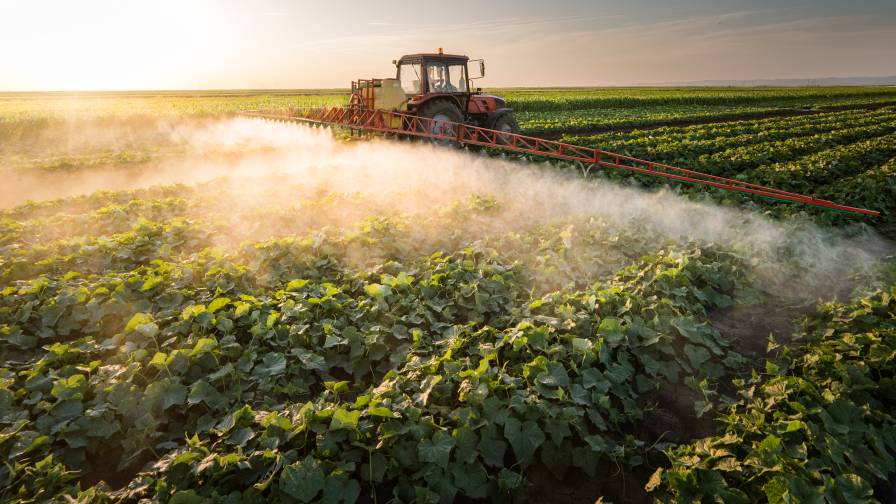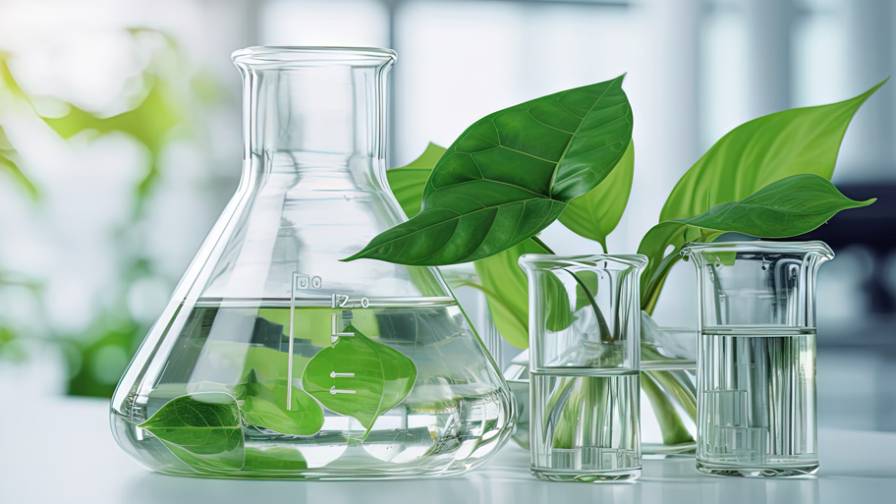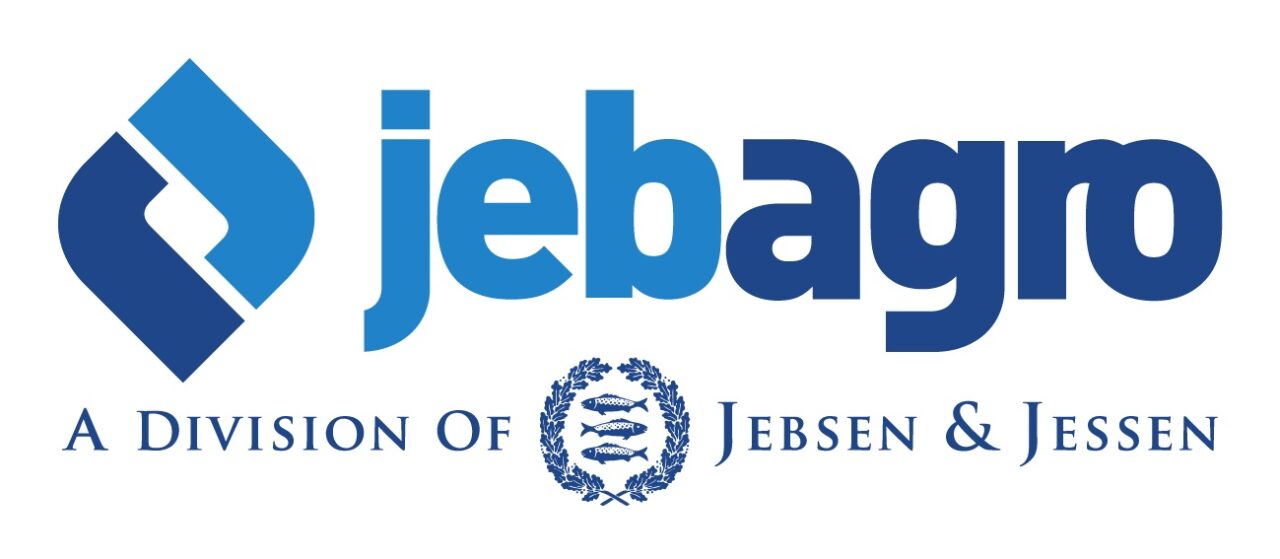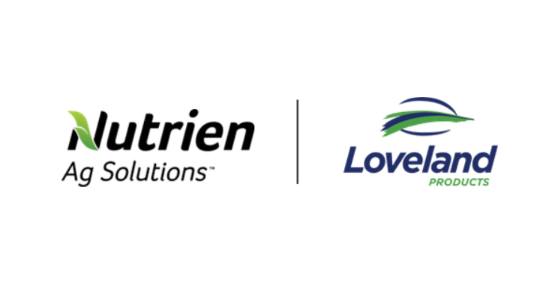Driving Sustainable Innovation: gChem’s Artie McKim on the Future of Ag Chem Formulation and Regulatory Resilience
在最近的一次采访中 AgriBusiness Global, Artie McKim, Vice President of Technology at 化学, shares insights on how agrochemical companies can navigate evolving regulations, strengthen supply chain resilience, and embrace emerging technologies like polymer microencapsulation, AI, and biological actives.
ABG: As the ag chem industry navigates increasing global pressure for sustainability, what strategies do you see as most effective in balancing regulatory demands with the need for high-performance crop protection solutions?
Artie McKim: This is something we think about a great deal. Consumers today are demanding a high level of product stewardship and responsibility from the crop protection industry. That pressure ultimately translates into heightened regulatory and compliance expectations that innovators must meet.
To respond effectively, agrochemical formulators need the flexibility to innovate. That means having access to emerging technologies, next-generation solvents, and novel active ingredients that can help us meet the growing challenges of sustainability.
At the same time, the industry needs a strong public-facing approach that communicates the benefits of the crop protection products we manufacture, both to the public and to regulators. We must demonstrate we’re acting in the public interest.
We also need clarity and support from regulatory bodies like the U.S. EPA. Advocacy organizations, particularly (CPDA), have been instrumental in securing funding for EPA offices to carry out their mission. Ultimately, the ag industry must work collaboratively with regulators to shape a path forward that supports innovation while protecting public health and the environment.
ABG: How is the evolution of global regulatory frameworks, such as restrictions on certain solvents and adjuvants, shaping formulation innovation in the crop protection sector?
是: Regulatory frameworks like TSCA in the U.S. and REACH-like systems in the EU—and increasingly in other regions—are absolutely shaping innovation in meaningful ways. One benefit is that they help sharpen the distinction between safer and more hazardous solvents, both for ag companies and the public.
A good example for us is the regulatory pressure around reprotoxic solvents like NMP (N-methyl-2-pyrrolidone). It’s already been essentially banned from agricultural use in the EU and is facing similar restrictions in the U.S. This has driven the reformulation of several existing products toward safer alternative chemistries. We’re seeing product managers at crop protection companies make decisions about the lifecycle of these formulations in response to such mandates.
Honestly, this trend is exciting. At gChem, it’s prompted us to invest in developing safer alternatives, creating a sort of virtuous cycle of innovation and responsibility.
Beyond solvents, these regulatory constraints are also pushing companies to think more creatively to gain a commercial advantage. Where formulation work used to focus mostly on small-molecule actives, we’re now seeing a shift toward biological actives—like peptides and even living organisms—as active ingredients. These were once the domain of pharma and drug delivery, but now scientists are figuring out how to bring them into the field to benefit agriculture.
Technologies like AI and drones are also being integrated to apply crop protection products more precisely, targeting weeds or stressed crops in a highly selective way. This not only improves sustainability but also reduces the amount of active ingredient needed to get the job done.
ABG: What role do you believe formulation chemistry will play in addressing the dual challenge of feeding a growing population while reducing agriculture’s environmental footprint?
是: Productivity and environmental responsibility are two sides of the same coin. They’re both about doing more with less. That means fewer inputs, fewer resources, and more efficient delivery of crop protection solutions.
For example, if you can load more active ingredients into a formulation, it reduces the cost and environmental impact of shipping and storage. Some solvents and adjuvants are simply better than others at enabling this kind of efficiency.
If your formulation uses the right combination of solvents and adjuvants to enhance the performance of the active ingredient, you end up using fewer resources to achieve the same or better results. That’s a win for the environment, for the farmer, and for the public.
ABG: With rising concerns around supply chain disruptions and raw material volatility, how can agrochemical companies build more resilient and adaptable formulation pipelines?
是: The COVID-19 pandemic opened a lot of eyes to the fragility of global supply chains. It shifted the mindset of many ag companies from “just-in-time” inventory management to more of a “just-in-case” approach. While this shift increases the cost of managing raw material inventory, it also serves as a kind of business continuity insurance, something companies now see as essential given recent disruptions.
More recently, trade policies have added another layer of complexity, keeping procurement teams up at night. To manage raw material supply risk effectively, it’s critical to truly know your suppliers. There’s a growing appreciation—especially in the U.S.—for domestic supply partners and for companies that have made backward integration investments. That kind of vertical control helps ensure greater supply security and adaptability in the face of volatility.
Q: Looking ahead, what emerging technologies or cross-industry collaborations do you believe will most significantly impact the future of ag chem formulation and delivery?
Artie McKim: One trend that really excites me is the way life science technologies are crossing over into crop science. We’re seeing more collaboration between biochemists and crop protection formulators, and the result is something entirely new—a kind of next-generation ag biotech company.
A great example is polymer microencapsulation. Originally developed by drug delivery scientists for controlled-release pharmaceuticals, this technology is now being applied in agriculture. Ag formulators are working closely with agronomists to protect active ingredients in the field and control how they’re released over time.
These are just a couple of examples, but I think we’re only scratching the surface. Cross-industry collaboration is going to be a major driver of innovation in ag chem, and I expect we’ll see even more of it in the years ahead.






